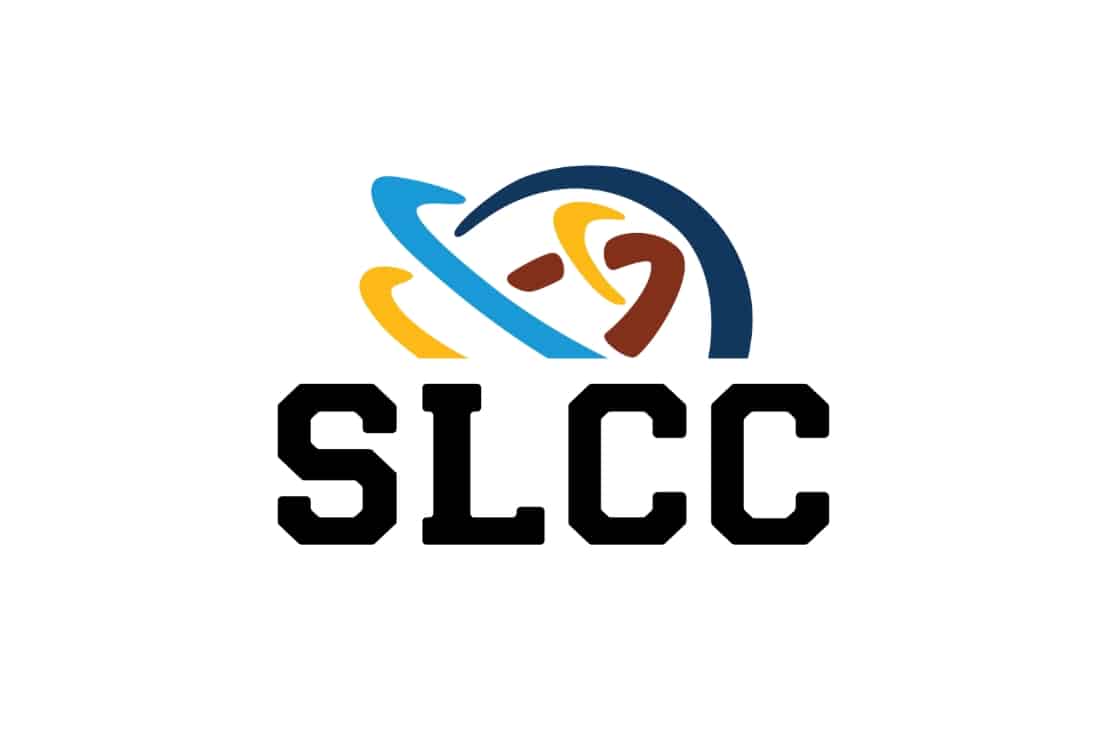
Sidra is head of Education Marketing at Class, and has worked in education for almost 10 years. You can find her doing yoga, drinking espresso, and watching F1 on Sundays.

Sidra is head of Education Marketing at Class, and has worked in education for almost 10 years. You can find her doing yoga, drinking espresso, and watching F1 on Sundays.

Implementing a new technology tool can seem daunting—especially in higher education. It can be difficult to get staff buy-in, challenging to roll out in a hybrid environment, and even harder to properly train while remote. But with the right approach to change management, new software can bring impressive results to staff, students, and institutions.We wanted to better understand how our customers approach implementing Class. So we sat down with two leaders from Salt Lake Community College and discovered that their simple yet effective three-step approach yielded high adoption rates.
“Whenever you’re implementing new software,” begins Gavin Harper, Director of Online, eLearning Services & CBE at SLCC, “I think there are a few steps that we need to take as the people who are leading a change in technology or e-learning.”
“And we take that change management very seriously,” adds Corey Stevens, Assistant Director of Teaching and Learning Technology at SLCC. “It’s almost a formulaic process where we plan on how to communicate and how we’re going to attack an implementation of technology. It puts us in a really good place to truly affect change.”
“The first one is kind of a triage step. We’ll create a knowledge-base article or FAQ article where immediately if people have questions [about Class], they have somewhere they can turn to with links, important information they need, so that they can immediately find the answers to their pressing questions,” shares Gavin.
“The second piece that we’ve been able to implement in our e-learning department is talking about how faculty can work through some asynchronous trainings themselves. This would be something a little deeper than a knowledge-based article. If you’re building just a link with quick information, it doesn’t necessarily train someone on how to use the software. So this step involves building training modules. For us, we use Canvas for our LMS, and we attempt to build modules that allow faculty to utilize software that they’re already familiar with, like Canvas, to explore some deeper training opportunities as they go forward,” explains Gavin.
“We have a great training team that has put together a lot of different types of courses for best practices in teaching and in using technology. We have a very large support team as well that has been in place for a long time. They can quickly learn new technology and are on call during business hours to answer questions on the frontline. They’re very good with working with students and faculty and staff,” boasts Corey.
“Our last step is to ensure knowledge quality by building credentials. So we have credential courses where faculty who are really interested in pursuing professional development and not just becoming competent with the software can actually say, ‘This is something that I’ve earned and learned here at Salt Lake Community College.’ We offer professional development badges for people who complete those trainings. We really allow people to choose their own path and level of training that they’re interested in at any given time. Because I think every faculty member has a different level of time that they can offer to that piece of software. So kind of meeting faculty where they’re at is a really important element of support here at our institution,” says Gavin.
After implementing Class’s software, Salt Lake Community College saw promising adoption rates. “We’ve hit some incredible milestones,” concludes Corey. “One was when I overheard a faculty member convincing another to use Class. Word of mouth was happening between different faculty. It wasn’t just an announcement or an email from me. It was their department meetings and water cooler conversations that got them here.”
“Find dedicated faculty who are going to be people that will sell this to the rest of the institution or to their colleagues,” suggests Gavin. “The more they talk about it, the more they bring it up, the better off that future learning experience will be. We may be handling the backend, the troubleshooting, the accessibility, and the vendor, but all that red tape adds up to the moment when faculty are actually using it with their students. The real fun is knowing that our work in the background leads to a meaningful experience for students.”
To learn more about how SLCC uses Class to increase opportunity and equity for its diverse student population and why the community college was named one of the best online institutions in the country by Newsweek, read their full customer story here.
Congratulations to SLCC on their successful change management and seamless adoption of Class! Our customers can benefit from a diverse range of implementation models and services when they start their Class journey. Regardless of your current stage, we’re here to help.

Sidra is head of Education Marketing at Class, and has worked in education for almost 10 years. You can find her doing yoga, drinking espresso, and watching F1 on Sundays.

Sidra is head of Education Marketing at Class, and has worked in education for almost 10 years. You can find her doing yoga, drinking espresso, and watching F1 on Sundays.
Get our insights, tips, and best practices delivered to your inbox

Sign up for a product demo today to learn how Class’s virtual classroom powers digital transformation at your organization.

Features
Products
Integrations